The views expressed in our content reflect individual perspectives and do not represent the authoritative views of the Baha'i Faith.
Sam Cleasby grew up in the North of England, in a quaint village set in the Pennine Hills. Growing up in a large, diverse family, he was introduced to the arts through his father, a choral singer, and his mother, a successful textile worker. A combination of his parents’ interests, a diverse family rich in multicultural origins, and the beautiful landscapes of his childhood, gave Sam the platform to develop an enthusiasm and talent for painting and learning new languages.
Sam was encouraged early on to recognize the beauty in nature and the transcendent feeling that the art of creation offered him. Through painting, singing, studying new languages, and spending time with his friends and family, Sam saw the opportunity to pursue teaching as a profession, where he could use his experience and interests in serving others. It was a period of service offered in Paris that gave Sam a foothold for his personal development. Today, Sam resides in a small town just outside of Manchester, England, where he has developed quite a following on social media as an oil painter, watercolorist, and educator.
In this interview, Sam talks about his experience in visual arts and languages, what inspires and motivates his work, and how he integrates his interests, talents and passions to further develop the capacities of his students and serve his community.
[Shadi] Hi Sam! We’re very excited to feature you and your work on BahaiTeachings.org and want to thank you for agreeing to answer a few questions! Could you start off by describing your work in art and education, and how you balance the two?
[Sam] I currently work as an artist from my studio making paintings for commission and for galleries/exhibitions and document my creative process on social media with an increasing number of followers. I also work as school teacher in a local High School, as a French, Spanish and German teacher. I love this unique balance of art and education, as I feel that with these two disciplines I am able to make use of my talents in service to others and encourage people to see the best version of themselves.
[Shadi] What creative mediums do you love exploring? How have they evolved over time?
[Sam] I am strongly drawn to bright colors and enjoy making effective use of color harmonies and contrasts in oil and watercolor paint. I look at the natural world and its beauty for inspiration. Over time my work has become progressively more expressive and abstract. In my early years at University I was quite conservative in my application of color and the way that I used the brush. In order to free up both my palette and the way that I paint, my painting tutor encouraged me to explore abstract painting. This was a profound awakening for me as I realized that the real motive power behind painting is the use of the paintbrush—in expression rather than representation. Whilst I was exploring abstraction I stumbled across a quote by Abdu’l-Baha, who said:
… in this wonderful new age, art is worship. The more thou strivest to perfect it, the closer wilt thou come to God. What bestowal could be greater than this, that one’s art should be even as the act of worshipping the Lord? That is to say, when thy fingers grasp the paint brush, it is as if thou wert at prayer in the Temple. – from a tablet translated from the Persian.
This had a profound impact on me as I realized that the driving force behind my art is the plasticity of paint itself and the way it can reflect the feelings, emotions and memories of our hearts in a conversation with our Creator.
[Shadi] What inspired you to connect your interest in creativity to education? How do they complement each other?
[Sam] I believe in education in the etymological sense of the word; in that it is the process of bringing out the capacity and the God-given talents of others. I thoroughly enjoy the work I do as a languages teacher, because I can see how the confidence of my pupils grows when they are afforded the chance to express themselves, take risks and believe in their own voice. I believe that all art is a form of expression, and creativity in its truest form is the lifeblood of expression. Hence, I believe that creativity and education complimented each perfectly because the two disciplines are fundamentally concerned with character building.
As an artist I wish to create visual work that is reflective of my own experiences or places, concepts or ideals that I cherish, and as a teacher I wish to sculpt an environment in which both teacher and pupil feel comfortable to engage in a constructive dialogue based on learning- both disciplines I believe are centred upon creation.
[Shadi] How do you share your practice with the world and raise capacity in others?
[Sam] I enjoy engaging with people with my art and my teaching as a way of empowering others. Over the past four years I have facilitated art workshops at various community gatherings as way of allowing participants to express spiritual themes. Over the past two years I have developed a strong following of the ‘Cleasby Craic Painting Show,’ which has aired on Facebook Live and YouTube. The show’s purpose: to share painting techniques and ideas whilst making a live painting and talking about spiritual themes related to the Faith at the same time.
[Shadi] What aspects of the Baha’i teachings have inspired this fusion of education and art?
Several quotes have inspired me over the last few years in my development as an artist and as a teacher. The Baha’i writings stress great importance on the essential role of the prophets of God in educating humanity:
The Prophets and Messengers of God have been sent down for the sole purpose of guiding mankind to the straight Path of Truth. The purpose underlying their revelation hath been to educate all men, that they may, at the hour of death, ascend, in the utmost purity and sanctity and with absolute detachment, to the throne of the Most High. – Baha’u’llah, Gleanings from the Writings of Baha’u’llah, p. 157.
Consequently in the educational process I reflect on the divine process of the prophets molding humanity in God’s image. Hence I see in the creative process a reflection of God’s primary attribute as ‘Creator.’ As an artist and as a teacher I am inspired, therefore, by the notion that sustained educational engagement can release the capacity and potential of others as testified in Baha’u’llah’s own words:
Regard man as a mine rich in gems of inestimable value. Education can alone cause it to reveal its treasures and to enable mankind to benefit therefrom. – Ibid., p. 260.
[Shadi] What have been some of the ways you’ve been able to integrate the combination of arts and education into your service in the community?
[Sam] I have taken great joy in engaging with my local community by offering painting workshops. Whilst I was at school myself and my family founded the Trawden Junior Youth Group for the Arts. In this group, local friends offered their skills and talents in workshops that were open for local teenagers to drop in and learn a new craft.
I have also been fortunate to have had the opportunity to offer my painting workshop to Baha’i communities across the U.K, and also at Baha’i Summer Schools in Ireland and Romania. In these workshops I teach simple painting techniques and encourage participants of all abilities to make large paintings and small paintings on set themes.
During the Bicentenary of the Birth of Baha’u’llah, I hosted an exhibition of my paintings at the Bristol Baha’i Centre and at my home in Trawden. These two exhibitions focused on a series of landscape paintings on the key regions on Iran that make up the early story of Baha’u’llah. Members of the local community all came to the exhibitions and thoroughly enjoyed learning about Baha’u’llah’s life through the instrumentality of art.
[Shadi] Can you share examples of the unique impact you’ve witnessed the arts having on youth, children, and families you’ve worked with?
[Sam] I personally saw a profound impact that this Junior Youth Group in Trawden had on the junior youth who came. One individual named Nick, who was initially very tentative and nervous, slowly become more and more attracted to the guitar. At each session he relished the opportunity to engage with music, and even brought his twin brother along with him to the sessions so that they could play together. His parents had seen a change in his confidence at school, in sport, with his friends and wholeheartedly encouraged him to take up music as a profession. Nick is now 18, and is confident, headstrong and the lead singer in a band that has been touring around the North of England. It is empowering to see how this humble youth group had such an evident impact on Nick.
[Shadi] Any advice for other budding artists out there, who also care about the world and want to make a difference?
[Sam] Practice. Practice. Practice. My art teachers at university told me to draw for two hours every day. With practice comes daily communion with God.
You can make a difference in society by making beautiful art. Beautiful art is not objective, but when art is true to oneself, is a true expression of the soul, it can be perceived and read as an act of worship. For any budding artist, I would say do not get lost in the feeling that by spending hours by yourself making art you are somehow selfish. To be a true artist you be loyal to your craft–and like the musician who composes a perfect symphony, the sculptor who creates a perfect representation of the human form or a painter, who paints an empowering image–you can make others smile and can bring joy to the hearts of all.



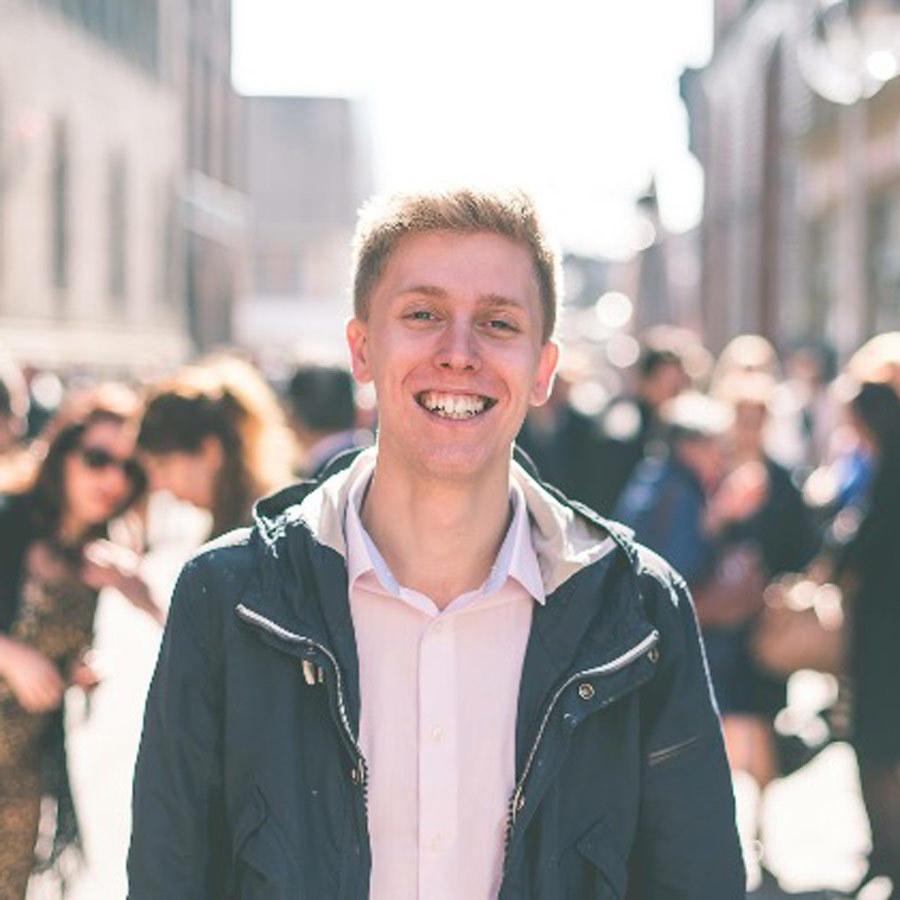

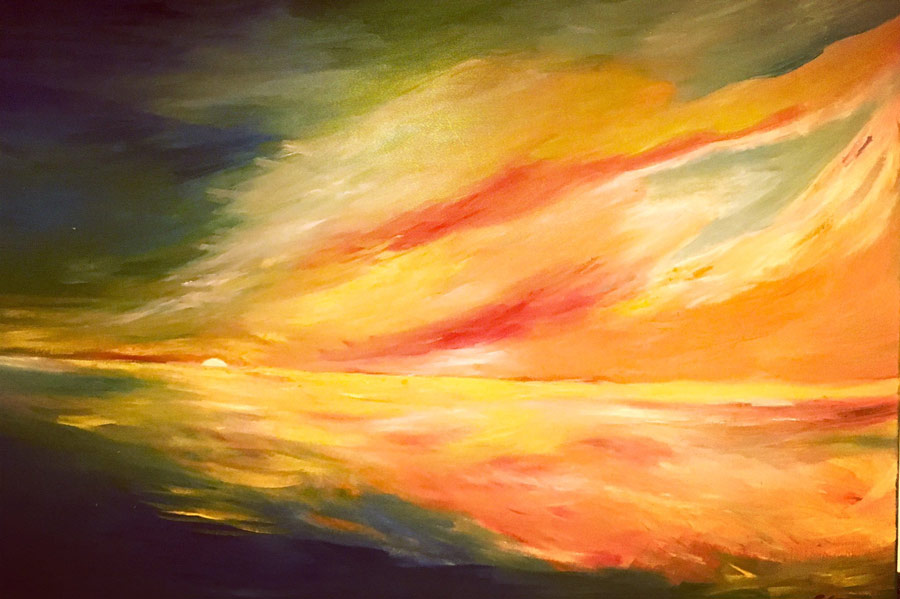
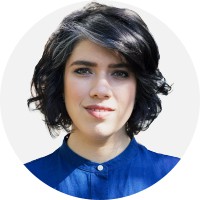
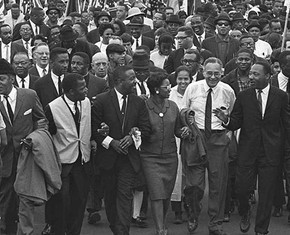
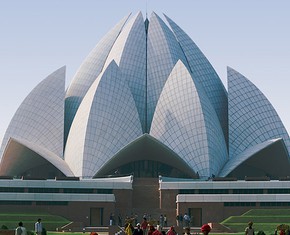
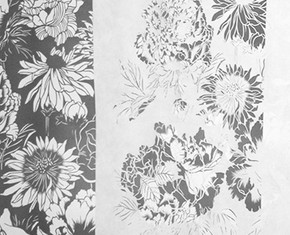









Comments
Sign in or create an account
Continue with Googleor